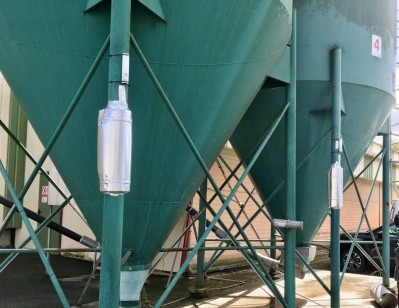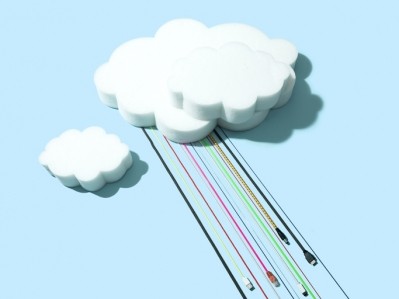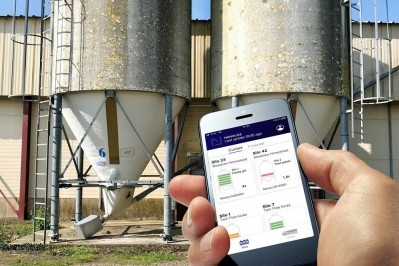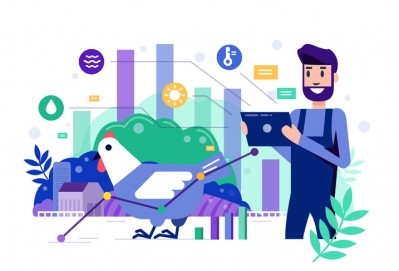Forecasting feed use: Skretting tool has new capabilities for ‘putting data to good use’ in shrimp and fish farming
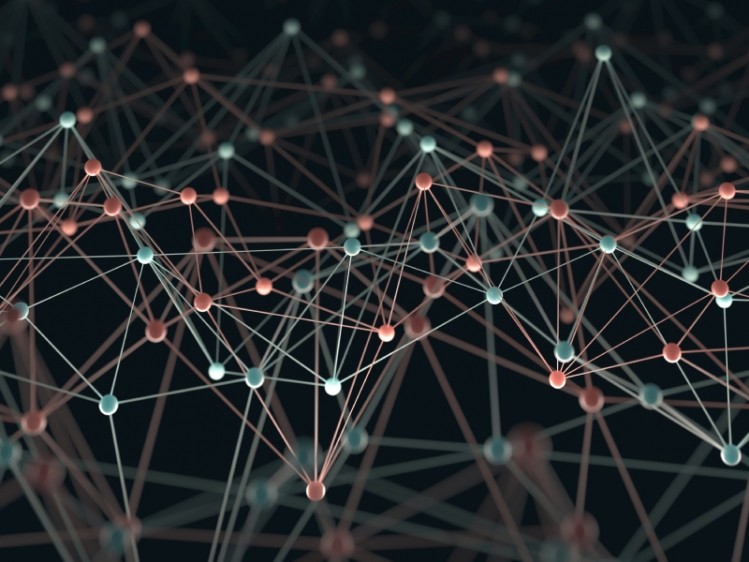
AquaSim business owner, Kristoffer Tveit, who has worked with the digital monitoring platform since its inception 20 years ago, said that advancements in the internet of things (IOT) sensors had enabled this latest expansion of the tool’s capabilities.
“There has been a steady stream of new sensors being made available to the market. They are getting cheaper and easier to connect. This means a pond or a cage can easily be fitted with a sensor that measures not only basic parameters such as oxygen and temperature but also salinity, turbity, pH, nitrate, ammonia and more - strengthening the prognosis of feeding and growth,” he told FeedNavigator.
He said these new capabilities would be particularly beneficial for pond farming, where there are “quick gains” to be made by monitoring the environment.
“Environmental parameters fluctuate more in ponds because they react to the sun and ambient temperatures more quickly than open sea. Therefore, monitoring this closely and frequently gives insight into what to expect from the animal and how to feed it and plan for production,” explained Tveit.
New species
The tool is now available with growth and feeding models for 15 different species of shrimp and fish, with African catfish, Japanese bluefin tuna and Australian black tiger shrimp the latest three species to be added to the platform, and more in the pipeline.
“Our portfolio of species covered is increasing with the accumulation of more knowledge and the availability of more research data from around the globe.
"In the future, the platform will be rolled out to more new species, for example tilapia, but at the same time we will be delving deeper into the ones we already cover and advancing those by building in environmental parameters," said Tveit.
The basic premise of AquaSim is to provide a digital platform for connecting analytic software and smart control devices such as sensors and feeders, providing visibility into the production process. The convergence of these technologies into a modelling system enables producers to make accurate forecasts on growth and performance as well as productivity gains by optimizing feed efficiency.
One of Skretting’s biggest success stories to date has been the shrimp industry in Ecuador and Honduras, where AquaSim has allowed farmers to install automatic feeding systems that use data gathered from sensors and feeders to optimize feed volumes and patterns.
“Using real time data from each pond, every day, AquaSim’s algorithms instruct the feeders. In this way, producers have been able to enhance growth performance – by shortening production time or harvesting larger shrimps – and improve feed efficiency by eliminating under- or over-feeding.”
In Norway, salmon producers are putting AquaSim to a different use: to carry out forecasting on feed use, conducting ‘what if?’ and cost-benefit analysis, calculating best practice and benchmarking growth performance.
“One of AquaSim’s biggest strengths is prognosis; it is a forecasting tool that allows producers to look into the future and predict growth, when fish will be harvest-ready, etc.,” said Tveit.
However, he believes that the greatest potential for the tool lies in harnessing the new environmental parameters via automatic connected farms that utilize the data they are measuring with minimal human intervention.
“We’ve been measuring water temperature for decades but now it’s becoming more about putting those measurements to good use and quantifying the effects of environmental parameters – what do they mean for performance and feeding? Warmer water is known to support better growth, but how warm? What does one or two degrees mean in terms of growth and feeding? This type of analysis is now being built into smart algorithms, and AquaSim is the means of putting that data to good use,” said Tveit.
